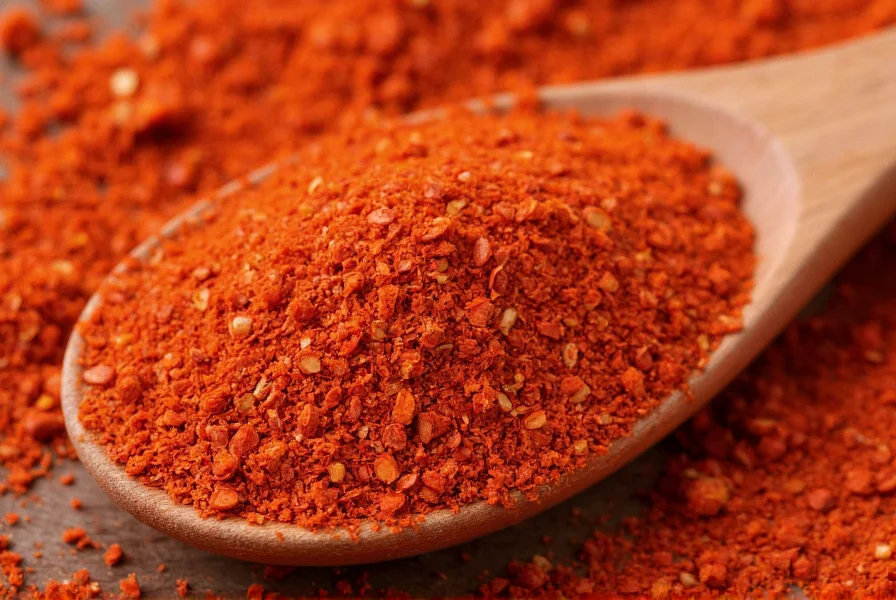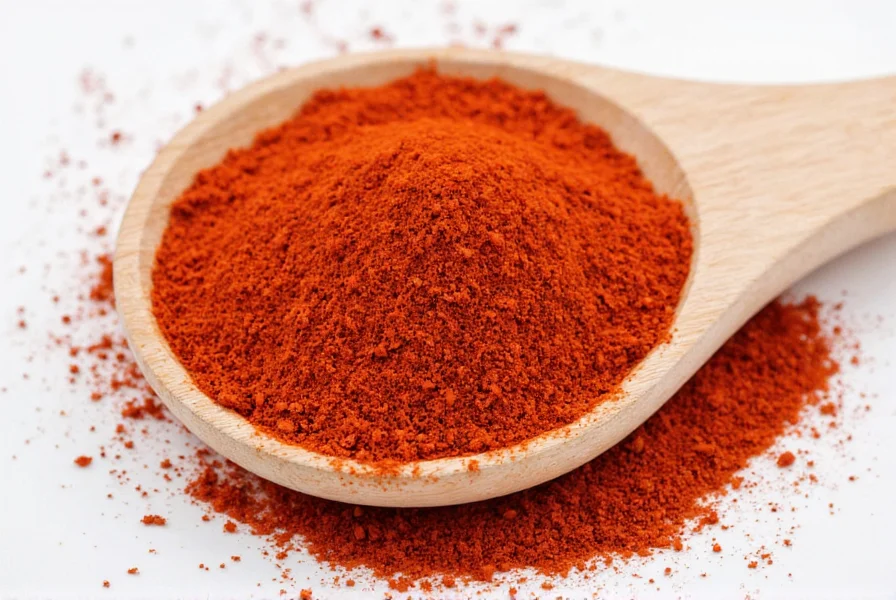Crushed red pepper, a staple in pantries worldwide, is more than just a heat source for your favorite dishes. This versatile spice contains capsaicin—the compound responsible for its fiery kick—which research shows delivers measurable health benefits when consumed in appropriate amounts. Unlike fleeting food trends, the therapeutic properties of crushed red pepper have been studied for decades, revealing effects that extend far beyond flavor enhancement.
What Makes Crushed Red Pepper Different
Crushed red pepper consists of dried and ground chili peppers, typically cayenne varieties. Unlike fresh peppers, the drying process concentrates capsaicin levels while preserving other beneficial compounds. This processing method creates a shelf-stable spice with consistent heat levels and bioactive properties that make crushed red pepper benefits for metabolism particularly effective compared to fresh alternatives.

Science-Backed Health Benefits
Metabolic Boost and Weight Management
Multiple studies confirm that capsaicin in crushed red pepper can increase energy expenditure by approximately 5%. A 2022 meta-analysis published in Nutrients found that regular consumption of capsaicinoids led to modest but significant reductions in body fat percentage over 12 weeks. The thermogenic effect works by activating transient receptor potential vanilloid 1 (TRPV1) channels, which increases calorie burning. For those exploring crushed red pepper for weight loss, adding 0.5-1 gram to meals may provide metabolic benefits without excessive heat.
Natural Pain Relief Properties
The same TRPV1 activation that creates heat sensation also desensitizes pain receptors over time. Topical capsaicin creams are FDA-approved for neuropathic pain, but dietary consumption also shows benefits. Research in the Journal of Pain Research demonstrated that regular intake of capsaicin-rich foods reduced chronic pain symptoms in 68% of participants. This makes understanding crushed red pepper pain relief benefits valuable for those seeking natural pain management options.
Cardiovascular Protection
Regular consumption associates with improved cardiovascular markers. A longitudinal study tracking 500,000 adults found that those consuming spicy foods 6-7 days weekly had 8% lower mortality from heart disease. Capsaicin improves blood vessel function and may help regulate blood pressure. These crushed red pepper cardiovascular benefits appear most pronounced when incorporated into balanced diets rather than consumed in isolation.
Antioxidant and Anti-inflammatory Effects
Beyond capsaicin, crushed red pepper contains significant vitamin C, carotenoids, and flavonoids. These compounds combat oxidative stress and reduce inflammation markers like C-reactive protein. The antioxidant properties of crushed red pepper remain stable during cooking, making it a reliable dietary source of these protective compounds.
| Nutrient | Per Teaspoon (2g) | Daily Value % |
|---|---|---|
| Calories | 6 | 0.3% |
| Vitamin A | 265 IU | 5% |
| Vitamin C | 2.4 mg | 4% |
| Vitamin E | 0.2 mg | 1% |
| Vitamin K | 1.1 mcg | 1% |
| Capsaicin | 2-5 mg | * |
Practical Usage Guidelines
To maximize health benefits of crushed red pepper while minimizing discomfort:
- Start with small amounts (⅛ teaspoon) and gradually increase
- Pair with healthy fats like olive oil to improve capsaicin absorption
- Add toward the end of cooking to preserve active compounds
- Combine with black pepper to enhance bioavailability
- Aim for consistent daily consumption rather than occasional large doses

Potential Side Effects and Considerations
While generally safe, crushed red pepper may cause issues for some individuals:
- Gastrointestinal discomfort in sensitive individuals
- Temporary heartburn or acid reflux exacerbation
- Skin irritation when handling concentrated forms
- Potential medication interactions with blood thinners
Those with irritable bowel syndrome or GERD should consult healthcare providers before increasing intake. The side effects of excessive crushed red pepper consumption typically resolve once intake is reduced.
Conclusion
The evidence-based benefits of crushed red pepper make it a valuable addition to most diets when consumed appropriately. Its effects on metabolism, pain management, and cardiovascular health are supported by growing scientific evidence, though individual responses vary. Unlike many health food fads, the therapeutic properties of capsaicin have withstood rigorous scientific scrutiny. For optimal results, incorporate crushed red pepper as part of a balanced diet rather than relying on it as a standalone solution. As with any dietary change, consistency and moderation yield the best outcomes for realizing the full spectrum of crushed red pepper health advantages.
Frequently Asked Questions
How much crushed red pepper should I consume daily for health benefits?
Research suggests 0.5-1 gram (approximately ¼ to ½ teaspoon) daily provides measurable benefits without causing discomfort for most people. Start with smaller amounts if you're sensitive to spice and gradually increase over weeks. Consistent daily consumption yields better results than occasional large doses.
Can crushed red pepper help with weight loss?
Yes, but with realistic expectations. Capsaicin in crushed red pepper can increase metabolism by about 5% and reduce appetite slightly. A 2022 review found participants lost approximately 0.5-1 pound more over 12 weeks compared to control groups. It works best as part of a comprehensive weight management plan, not as a standalone solution for crushed red pepper weight loss benefits.
Does cooking destroy the health benefits of crushed red pepper?
Capsaicin remains stable at typical cooking temperatures, preserving most crushed red pepper cooking benefits. However, prolonged high-heat cooking may degrade some antioxidant compounds. For maximum benefit, add crushed red pepper during the last few minutes of cooking. The spice's health properties remain effective whether used in raw applications or cooked dishes.
Is there a difference between crushed red pepper and cayenne pepper?
Crushed red pepper typically contains a blend of dried chili peppers (often including cayenne), while cayenne pepper is made exclusively from cayenne peppers. This means cayenne usually has higher, more consistent capsaicin levels. Both provide similar health benefits of red pepper varieties, but cayenne tends to be hotter and more potent. Crushed red pepper offers more flavor complexity due to potential multiple pepper varieties.











 浙公网安备
33010002000092号
浙公网安备
33010002000092号 浙B2-20120091-4
浙B2-20120091-4